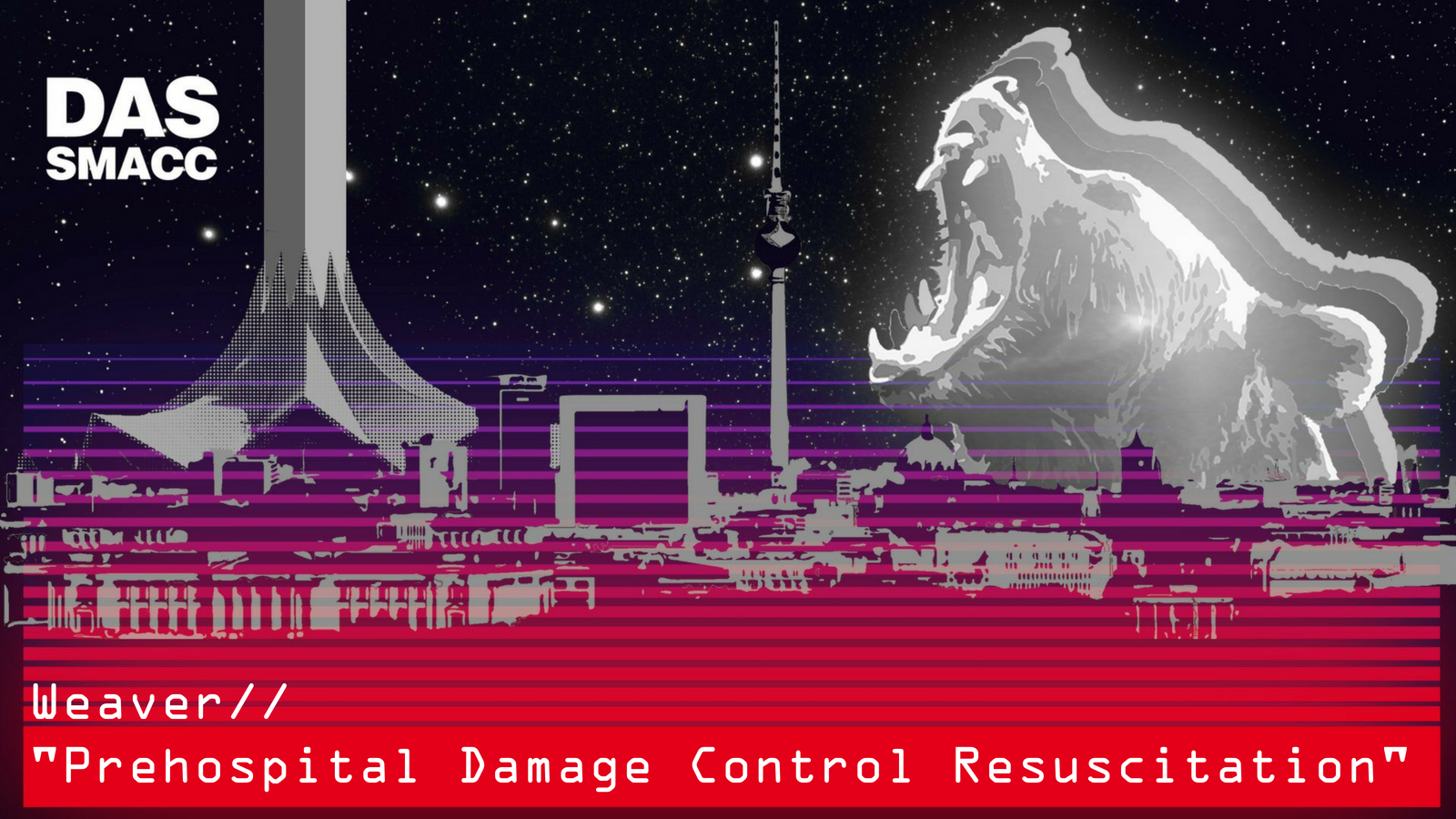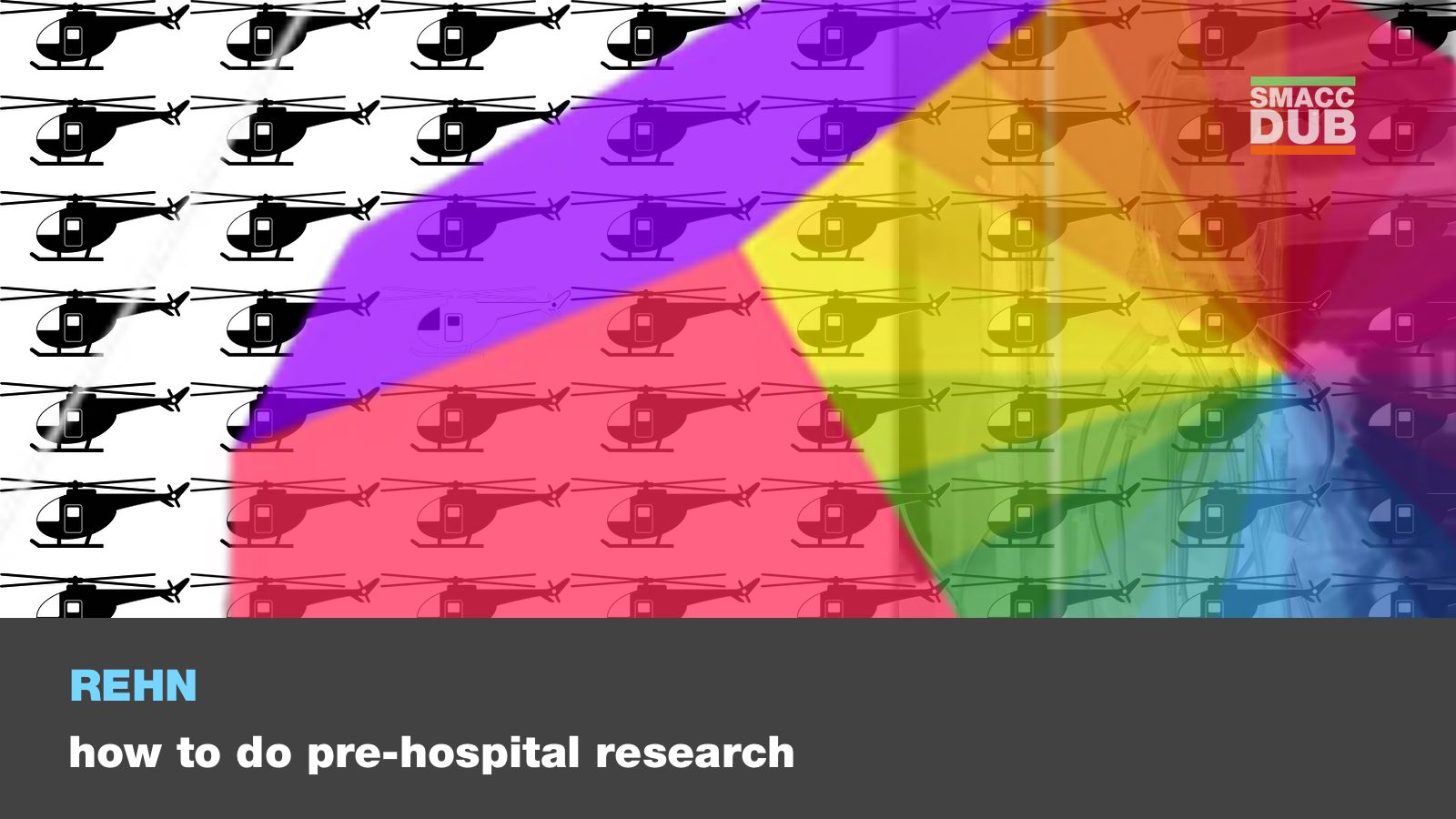The Use of Inhaled Nitric Oxide in Critical Care by Per P. Bredmose
Per Bredmose discusses the use of inhaled nitric oxide (iNO) in retrieval medicine and critical care. He explains why iNO is useful for retrieval and transport of the critical respiratory failure patient.
iNO is not a magic bullet, but rather a bridge that will help you get to where you need to go when treating a patient.
Furthermore, it can be useful in both pre-hospital and in hospital care.
What is nitric oxide?
It is an endothelial derived potent short acting vasodilator mainly found in the pulmonary system. It also exists in other areas of the body. When nitric oxide is delivered via the inhaled route it has local effects only, with no systemic effects.
Most people will be familiar with the use of iNO in persistent pulmonary hypertension of the newborn.
However, there are other uses which are more “off label”. For instance, take the case of severe ARDS lungs in pre-hospital settings. These patients present challenges in retrieval for several reasons, including the retrieval ventilation systems being inferior when compared to hospital systems.
Of course, you could turn straight to ECMO. However, setting up ECMO takes time and is complex. It requires a large amount of equipment, skilled operators, and room. Nitric oxide can act as a bridge.
Per stresses, iNO is a tool to get the patient to the right place.
Nitric oxide is simple to use. It is an extra gas that goes into the ventilatory circuit. It is accessible, can be used in any vehicle, is easy to transport, and fast to grab and use. Much faster than a big ECMO set up or retrieval.
A lot of places have stopped using iNO and it has gained something of a bad reputation. The main reason for deleterious effects appears to be kidney injury. Per posits that this may be due to an increased length of time using the drug. Therefore, he advises caution.
Per concludes by explaining other conditions where iNO may be used as an adjunct to standard therapy. These situations include pulmonary hypertension, non-thrombotic pulmonary vasoconstriction, and pulmonary emboli.
Join Per Bredmose as he discusses all things inhaled nitric oxide.
For more like this, head to our podcast page. #CodaPodcast





